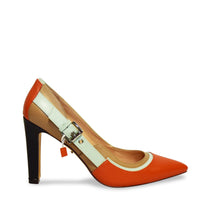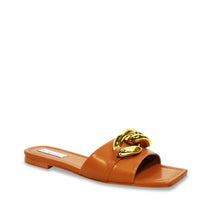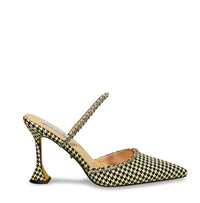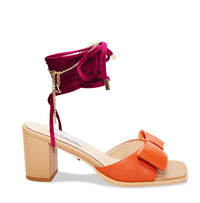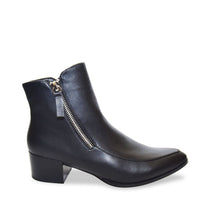Over the past several years, working out in high heels has grown in popularity. From pole dancing classes to more traditional work out routines, more and more people are swapping athletic shoes for stilettos. Supporters claim that this type of footwear increases the benefits of exercise. However, there are several solid reasons why you should not work out in high heels.
Improper Form
Proper form during a workout is essential, for effectiveness and safety. It takes practice and concentration to achieve this correct form while exercising. When you wear heels, your body shifts into a different position. This makes proper exercise form even more difficult. You may increase the risk of tweaking something and risk not getting the very best from your workout.
The Taller You Are, The Harder You Fall
Even with stellar form and perfect balance, falls do happen during workouts. Depending on the type of exercise, they may happen often. Wearing heels increases those chances and makes tumbles harder on your body. Because your body position changes in heels, its reaction to a misstep also changes. You may twist an ankle, fall, and land awkwardly. Injuries are more likely when falling in heels than when falling in running shoes.
Joint Pressure and Impact
Working out in high heels puts undue pressure on joints. The shock created by impact goes to the wrong places in your body when wearing heels. Exercising in heels increases pressure and shock in the spine, knees, and hips because of body position as well as shoe design. Correct athletic footwear is designed to absorb shock, whereas heels are not. Even low impact workouts are hard on your joints when paired with high heels.
High heels are powerful, sexy elements of fashion. They can put that glossy cherry on top of a great outfit. However, that’s where you should leave them. Because of the toll they take on your body, they should not be in the gym with you. Keep safety and effectiveness in your workouts by slipping out of those heels and into footwear designed for running, squatting, jumping, and cycling.
For more information, please contact us.

